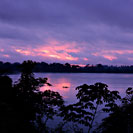 |
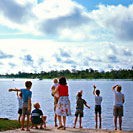 |
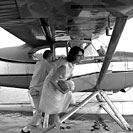 |
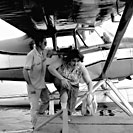 |
|
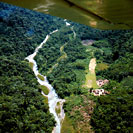 |
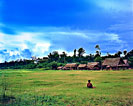 |
 |
 |
|
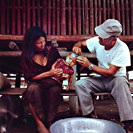 |
 |
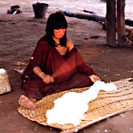 |
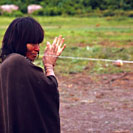 |
|
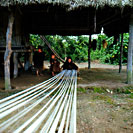 |
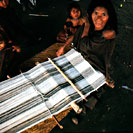 |
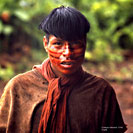 |
 |
|
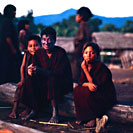 |
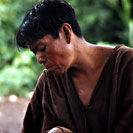 |
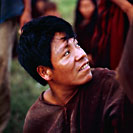 |
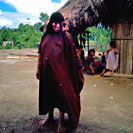 |
|
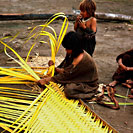 |
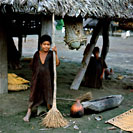 |
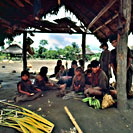 |
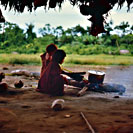 |
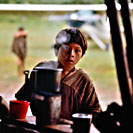 |
|
The Amazon-Indians.org website has the great honor of exclusively publishing for the first time on the Internet the photographs of the talented photographer and explorer Chuck Clark. Born in the small gold mining town of Victor in the Rocky Mountains of Colorado, it would seem that Clark was destined to be an explorer in South America as was his grandfather who was searching for gold in Venezuela at the turn of the twentieth century. Curiously, Clark's father was a good friend of one of he most famous member's of the Explorer's Club, Lowell Thomas. In fact, after learning about Chuck Clark's adventures in the Amazon, Thomas told Clark that he should become a member of the Explorer's Club. During the 1960s, Clark was presented with a once in a lifetime opportunity to be one of the first people to meet many previously uncontacted indigenous communities from the Amazon River Basin in South America. The Summer Institute of Linguistics (SIL) offered Clark a job flying into remote indigenous villages in the Amazon and photographing for the first time the way of life of these previously uncontacted tribes who until that time were living in isolation from Western society. Although Clark was not a Christian missionary like the majority of their associates, SIL picked the right person for the job. Many photographers at that time were either using bulky view cameras or 35mm cameras. View cameras were just too big to be flown in and carried into remote locations and 35 mm cameras lacked the resolution needed for a visual anthropological study like this. Clark used a medium-format camera, the famous Hasselblad camera equipped with precision Carl Zeiss lenses. In fact, NASA selected the Hasselblad camera for their Apollo space missions in the 1960s. This 2¼ by 2¼ inch (6 by 6 cm) format proved to be ideal for the job at hand, capturing enough resolution to record these historic images while being portable enough to be practical. His Hasselblad cameras never failed Clark and functioned perfectly under all types of weather conditions. In Clark's own words:
Yes, timing was everything. Explorer and photographer Chuck Clark was one of the first people to meet and photograph many previously uncontacted tribes, recording their traditions before they were lost. However, this task was not as easy as one might think. Indigenous Amazonians are notoriously camera shy, some fearing that the camera was "black magic" and could cause harm to them. Ingeniously, Clark devised a "false camera lens," that appeared to be a camera lens, but in reality was not. The real camera lens was hidden deep in an improvised lens hood. Clark pointed the false camera lens in the direction away from the subject, while the real camera lens was pointed directly at the true subject being photographed. The result was the incredible, candid photographs seen in this photographic gallery. As one would expect, Clark had many adventures during his travels in the Amazon Rainforest and visits to previously uncontacted tribes of Ashaninka (Campa) and Machiguenga (Machigenga) Indians. Perhaps one of the most memorable moments was when he accidentally got married to an indigenous Amazonian Indian girl. So how does one "accidentally" become married? One day when observing a young, unmarried native girl using a wooden comb, Clark made the mistake of trying to barter with the girl for the artifact. Clark had a metal pocket comb that he offered to the girl. The girl accepted the metal comb, but misunderstood his intentions and gave nothing back in return. From that day on, the girl relentlessly followed Clark everywhere that he went. He could not even go into the bushes to relieve himself without the girl following him. After three days of this, Clark knew that something was wrong and went to Ted Long, a missionary who was also visiting the village, for advise on what to do. Long asked Clark if he had given anything to the girl, and Clark replied yes, that he had given her a comb. Long explained to Clark, that according to Amazonian Indian customs, that he and the girl were now married. However, Long agreed to consult with the village chief through their interpreter in order to see what could be done. As might be expected, the chief wanted something in return for resolving the situation; however; Clark had little to offer, mostly having only camera equipment. Finally, an agreement was reached with the chief where he divorced them in return for an extra metal lens hood that Clark had and that the chief could mold into something useful. Needless to say, Clark was very careful about giving anything to unmarried native girls after that incident. Another adventurous incident occurred when Clark is was awakened in the night when he heard the unmistakable sound of a puma or a jaguar. Being from the mountains of Colorado, Clark was familiar the frightening sound of a puma crying which is very similar to that of the jaguar. Clark went outside to investigate the animal sound that he had heard and remembered to bring his camera. He saw a light coming from the main village "maloka" (long house) and peaked in through a crack in the wall to see something that few outsiders have ever witnessed, a sacred Ashaninka spiritual session where ayahuasca (a hallucinogenic plant) was being used. At risk of being caught and probably done in, Clark took a rare and incredible shot of the ceremony. What Clark had heard was not the sound of either a jaguar or a puma, but rather the sound of a human being, an Ashaninka shaman. The Shaman, according to their beliefs, was harnessing the great power of the jaguar spirit, which is associated with the Ayahuasca plant. At great risk to his life, explorer Chuck Clark recorded for prosperity one of the rarest and amazing images of Amazonian Indians ever captured. It is with great honor that this website, Amazon-Indians.org, exclusively publishes this photograph for the first time on the Internet.
The photographs featured in
this gallery are available to be licensed for publication in books, newspapers, magazines,
articles, scientific journals, advertisements, calendars, and on the Internet.
For more info, email
info@amazon-indians.org
or write C. Clark, P.O. Box 2176, Overgaard, AZ.
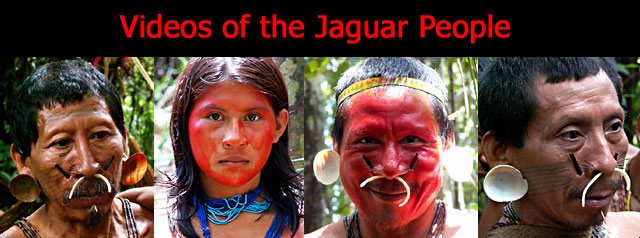
|